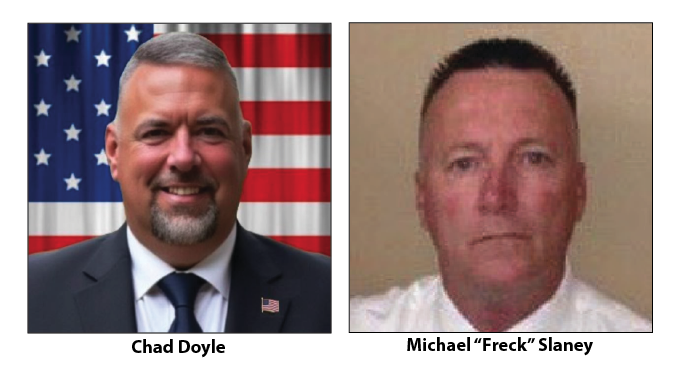Charter school funding approved
Published 6:00 pm Tuesday, March 20, 2018
A recent decision by the state’s top court secures the future of Louisiana charter schools, for now, and gives three local institutions more time to prove themselves.
Trending
Supporters were flying high last week when the court ruled that charter schools are, in fact, public schools entitled to state funding, ending a years-long legal battle over the legitimacy of Louisiana’s 30-plus charter schools.
Gene Thibodeaux, president of the Lake Charles Charter Academy Foundation, hailed the decision as a “monumental” victory that he hoped would stop the bickering among educators about charter funding.
Since 2011, three local charter schools have opened: Lake Charles Charter Academy, Southwest Louisiana Charter Academy and Lake Charles College Prep. They now serve about 2,000 students who, for one reason or another, chose not to attend the traditional public school in their district.
Charter schools are a relatively new phenomenon, with enrollment nearly tripling over the past decade, according to the National Alliance for Public Charter Schools. In a nutshell, they are public schools granted greater autonomy — no oversight by school districts — in exchange for greater accountability.
They can’t turn students away or charge tuition, and must participate in state testing and uphold the standards drawn up in their charters or risk being shut down. They have greater control over their curriculum, and teachers aren’t required to be certified.
Supporters emphasize the freedom of the charter school format and the opportunity for greater innovation in the classroom. Meanwhile, critics say they drain funds from public schools and often fail to deliver academically.
Trending
Lake Charles College Prep last year received an F letter grade for school performance, dealing a blow to the high school’s reputation. But backers point out that, because there wasn’t a senior class until this year, the school earned zeros in categories like graduation rate, ACT scores, and strength of diploma — lowering its overall score.
The real test will come this year when the first seniors graduate, and over the next few years as all three institutions mature.
It’s too soon to tell what the future holds for these schools, but the sentiment behind them — better opportunities for students struggling in tightly regulated traditional schools — is admirable.
Let’s hope they uphold their end of the bargain, and that the battle over funding subsides as both sides work toward the mutual goal of serving students.





